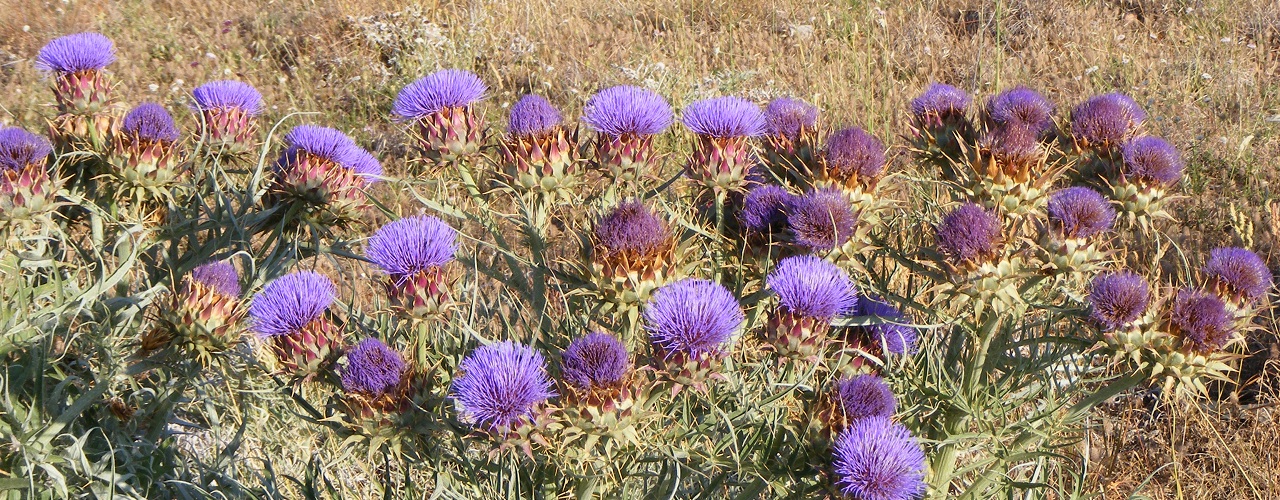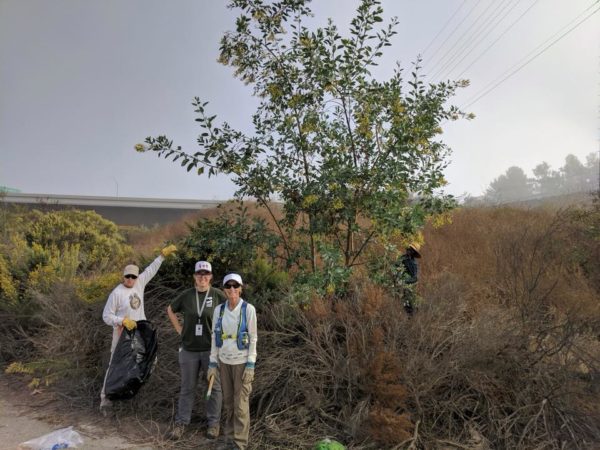When most people hear the word invasion, the first thought that comes to mind is of alien spaceships or military troops. But did you know that a quiet invasion is taking place in your own backyard? An invasive plant is one that is not native and can cause considerable damage to an ecosystem. Invasive plants often do not have natural enemies and can spread rapidly while aggressively competing with native plants for precious resources.
Local wildlife, such as California quail and bobcats, rely on native plants to provide food and/or shelter. Invasive plants threaten wildlife and increase the risk of wildfire, as well as accelerating erosion and flooding. The California Invasive Plant Council estimates that invasive plants cost California at least $82 million a year. If that money wasn’t spent on control, monitoring, and outreach, the estimated monetary damage could reach into the billions.
Let me introduce you to some of the common invasive plants that can be found in Orange County.
Meet Arundo (Arundo donax), also known as giant reed, a fast-growing perennial plant species originating from the Mediterranean basin. Arundo can grow up to 30 feet high in dense clumps, creating large colonies where no other plant can survive.
This species grows best in riparian zones where our local willows and sycamores make their home. Arundo not only replaces important native habitat and increases the risk of wildlife, it can even change the course of a waterway.
Meet Russian thistle (Salsola australis), a summer annual that is also known as tumbleweed and was introduced to the U.S. in 1873 in contaminated flaxseed. Tumbling tumbleweeds are a historical icon of the Old West, where hot and dry conditions allowed this species to flourish.
Russian thistle can invade agricultural areas as well as our local native habitats. One plant is capable of releasing 200,000 seeds across several miles. The dry skeletons of tumbleweed can build up against buildings and fences, creating a fire hazard.
Meet Castor Bean (Rincus communis), a native to the Mediterranean, Eastern Africa, and India. This plant is considered to be the most poisonous species in the world due to the presence of ricin in its bean-like seeds. Castor Bean can grow to over nine feet in height and can quickly displace slower-growing native plants.
Meet Tree Tobacco (Nicotiana glauca), a wild tobacco native to South America that is toxic to most wildlife. This species flowers year-round, producing hundreds of seeds per flower.
Hummingbirds might enjoy the yellow blooms of this tree, but did you know that our local insects don’t like to make their homes in non-native trees? Fewer insects in an ecosystem means less food for animals like baby birds who depend on caterpillars so they can grow big and strong.
Meet Artichoke Thistle (Cynara cardunculus), a native of the Mediterranean and an invasive plant commonly found in the hillsides of Orange County. The bright purple blooms may look beautiful, but this spiny plant has a bad reputation for crowding out native plants that our local wildlife depends on for their survival.
What can you do to help in the fight to control invasive plants? Join us at one of our restoration stewardship events (scroll down) where we remove invasive plants and replace them with native plants such as the Coast Live Oak. Can’t find the time to attend an event? Consider donating to Laguna Canyon Foundation as we help to protect the open space that we all love so much.

